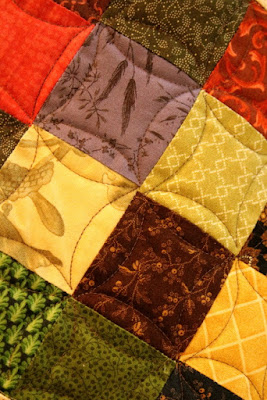Early Spanish explorers, traders, emigrants, and gold seekers traveling along the Old Spanish Trail to California often stopped to rest and feed their horses at a spring-fed creek and lush meadows called "las vegas." In Spanish "las vegas" means "the meadows."
Then in 1855 Mormon missionaries from Utah arrived at the springs and constructed a fort, which was the first permanent structure in "las vegas." Over the years the fort was expanded to include a post office, shops, and blacksmith services. Various minerals were also discovered in the surrounding mountains, which attracted miners and support services.
In 1865 Octavius Gass bought substantial lands around the fort and developed a large-scale ranch. However, in 1881 he defaulted on his bank loan and the lands passed to Archibald and Helen Stewart. The Stewart's continued to expand the ranch and then in 1884 Archibald was killed in a gunfight. With the help of her father, Helen continued to run the ranch until 1902 when she sold the ranch to the San Pedro, Los Angeles & Salt Lake Railroad. In 1905 the railroad subdivided the lands and sold lots to settlers moving into that area. The new town was called "Las Vegas."
A replica of the Old Las Vegas Mormon Fort has now been constructed on the original site and is operated as a Nevada State Park. School classes often make field trips to the facility where craft-people demonstrate how early settlers lived at the Fort and how they performed their various trades. The Fort is open to the public Tuesday-Saturday, year-round.
 |
| Picture by Kolohe |
Located at the fort were extensive gardens that were irrigated from the springs, but over-allocation of the spring water has now reduced the amount of water flowing down the creek to a mere trickle. For informational purposes there are still gardens planted at the fort, but the gardens are now irrigated with City water. There are also several examples of desert cacti that were found around the springs.
 |
| Prickly Pear Cactus (Opuntia phaeacantha) |
 |
| Beavertail Cactus (Opuntia basilaris) |
 |
| Jumping Cholla Cactus (Opuntia bigelovii) |
 |
| Picture by Kolohe |
 |
| Picture by Kolohe |
 |
| Picture by Kolohe |
The only remains of the original fort are some small sections of the fort walls and the original adobe building that has had various uses over the years, including office space during construction of Hoover Dam. The building has now been restored to appear as it would have looked when the fort was occupied.
 |
| Picture by Kolohe |
There is also a visitor center on the property that contains exhibits, a movie, and instructional areas.
 |
| Picture by Kolohe |
 |
| Picture by Kolohe |
 |
| Picture by Kolohe |
 |
| Picture by Kolohe |

































No comments:
Post a Comment